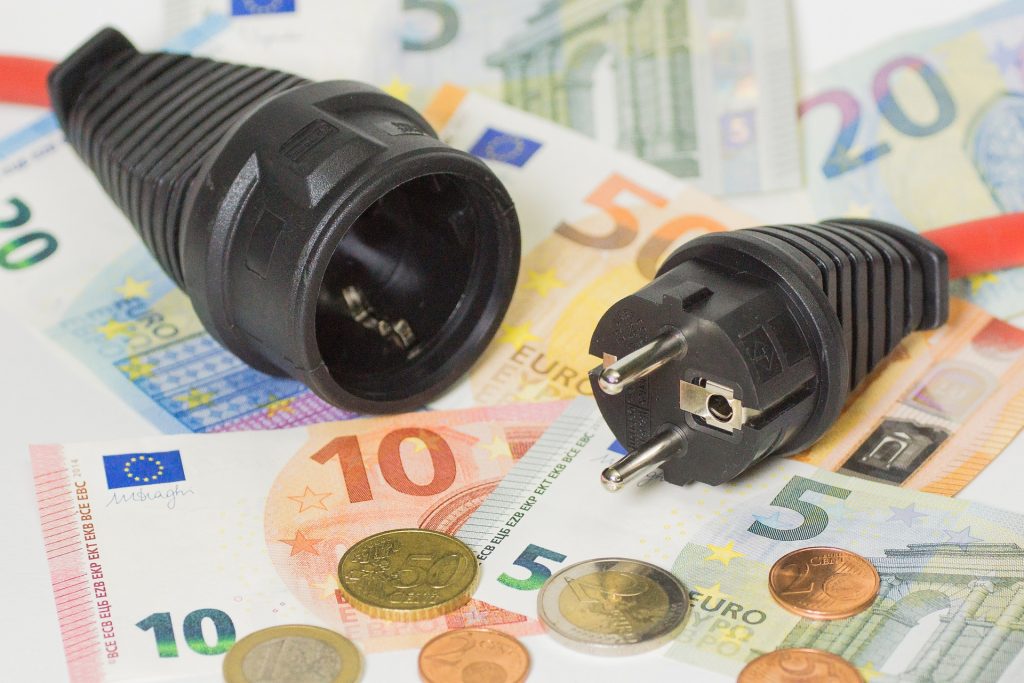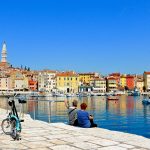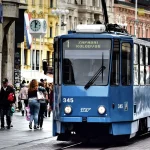September the 2nd, 2023 – Croatian energy price hikes have been rather extortionate in the opinion of most. In terms of just how much prices have increased, Croatia is unfortunately at the very top of the list of Eurozone countries.
As Poslovni Dnevnik/Jadranka Dozan writes, the streak of eight months of consecutive slowdown in annual inflation came to a halt in August this year. According to the first estimates made by the country’s statisticians, after slowing down to 7.3 percent back in July, inflation rose to 7.8 percent last month. At the same time, the prices of goods and services for personal consumption increased by 0.6 percent on average on a monthly basis.
Measured by the HICP, the annual rate in Croatia accelerated from July’s 8 percent to 8.5 percent in August, while the monthly HICP inflation according to the rapid assessment of the past month amounted to 0.5 percent, against July’s 1.1 percent.
Comparisons with other Eurozone countries
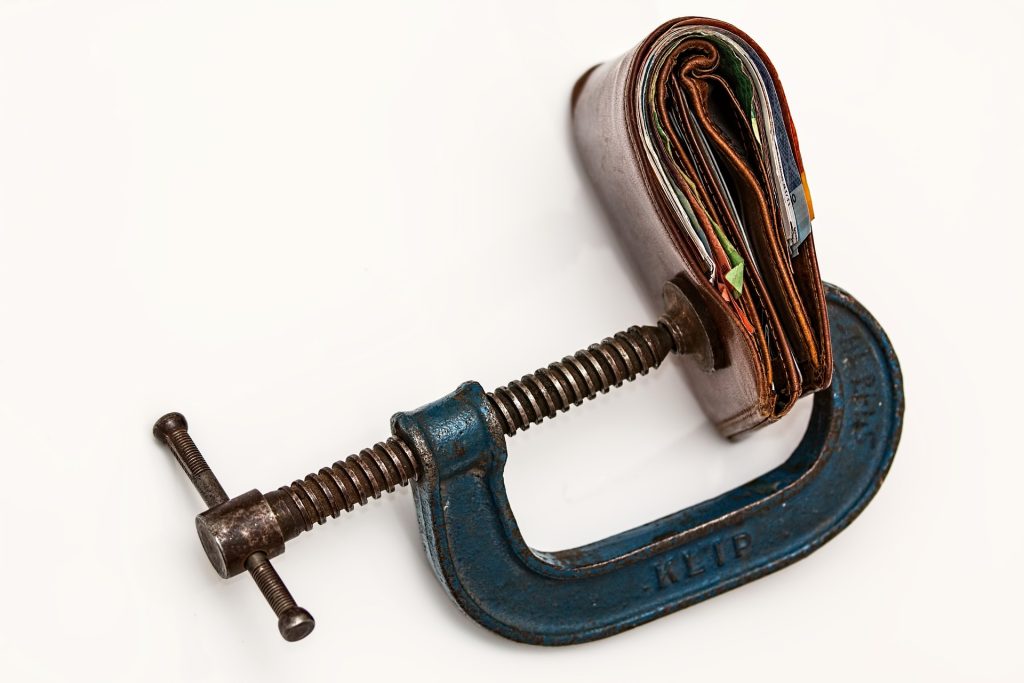
Compared to other Eurozone nations, Croatian energy price hikes remained at the top in terms of the annual inflation rate. In this society of currently twenty countries, only Slovakia had higher inflation than Croatia, where price growth returned to single-digit 9.6 percent in August (10.3 percent a month ago). At the level of the Eurozone, “flash” estimates say that inflation remained at an average of 5.3 percent across the bloc, which increased the inflation gap between Croatia and the rest of the Eurozone to more than three percentage points.
Belgium and Spain, with their overall inflation slowing to 2.4 percent, are currently quite close to the medium-term target rate of the European Central Bank, and in slightly less than half of the Eurozone’s member states, inflation has been reduced below five percent.
Here in the Republic of Croatia, the figures for the month of August were primarily influenced by Croatian energy price inflation. In the previous nine months of 2023, this was most responsible for the slowdown in the annual growth rate of consumer prices, and now it has contributed to their acceleration because the recent rise in energy prices (primarily in crude oil) reduced its decline in annual comparisons.
As they pointed out from the CBS (Central Bureau of Statistics), the increase in the monthly rate for the energy component was estimated for August at 2.7 percent (the month before it went up by 1.7%), the prices of services during August also went up by 0.7 percent on average (in July 1.7), and the categories food, drink and tobacco shot up by 0.2 percent, which is also slightly less than how things stood back in July.
According to the very first calculations, last month, a price drop of 0.5 percent was recorded only for industrial non-food products (without energy), which, on the other hand, fell in price by an average of 2.4 percent the month before.
At the same time, in annual comparisons of the consumer price index (according to Croatian methodology), the growth in prices of food, beverages and tobacco slowed down to 10.1 percent (from July’s 11.6%), and the same applies to the prices of industrial non-food products. In the case of service prices, a slight acceleration of annual inflation was recorded, from 7.7 to 7.8%, while Croatian energy prices hikes had calmed down, being lower in July when looking at annual comparisons (with a decrease of 1.8 percent).
Core inflation
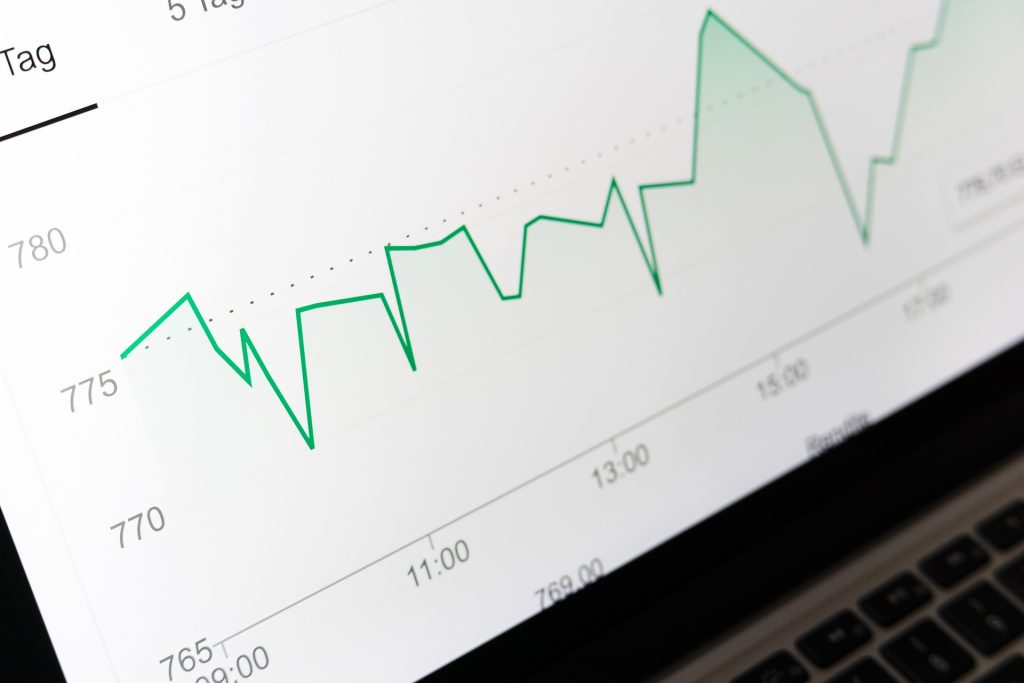
Considering the estimates of the price movements of industrial products and services, core inflation across Croatia has now slightly decreased, but is still slightly higher than the overall rate. The Croatian National Bank (CNB) also commented on the latest inflation estimates. Among other things, they pointed out that in Croatia, the annual inflation rate (HICP) is currently 4.5 percentage points lower than the peak reached back in November 2022.
They also noted that this gradually slowing trend was mostly the result of a strong reduction in Croatian energy price inflation. It exceeded 20 percent back in November, and due to the drop in crude oil prices on the global market, as well as temporarily frozen gas and electricity prices for households (since April), Croatian energy price inflation had actually entered negative territory.
CNB analysts also emphasised the fact that the decline in overall inflation over the last nine months was contributed to (to a slightly lesser extent) by the slowdown in core inflation (thanks to industrial products) and food price inflation.
However, things have changed since mid-July this year, when the prices of Brent crude oil on the global market began to increase under the influence of the reduction in supply from OPEC+ countries. During August alone they increased by about 8 percent. This stimulated the growth of retail prices of petroleum products on the domestic market, so the annual rate of change in the Croatian energy price in August was higher than it was back in July (1.6 vs. ̶ 5.8%), leading to an acceleration of overall inflation in August compared to the month before.
Although overall, Croatia does unfortunately still have elevated annual price growth, the central bank states that in all other main components of inflation, it has very clearly slowed down when compared to July.
“In an environment of lower energy prices and other raw materials on the global market, the normalisation of supply chains and the appreciation of the nominal effective exchange rate of the euro, food price inflation (according to the HICP) slowed down from 11.8 to 10.3 percent. Consumer prices for industrial products also went down from 7.7 to 7 percent”, they pointed out. The slowdown in inflation in food and industrial products largely reflects the favourable effect of the base period, because last year, these goods were constantly recording very strong price increases.
Looking back to the beginning of 2021…
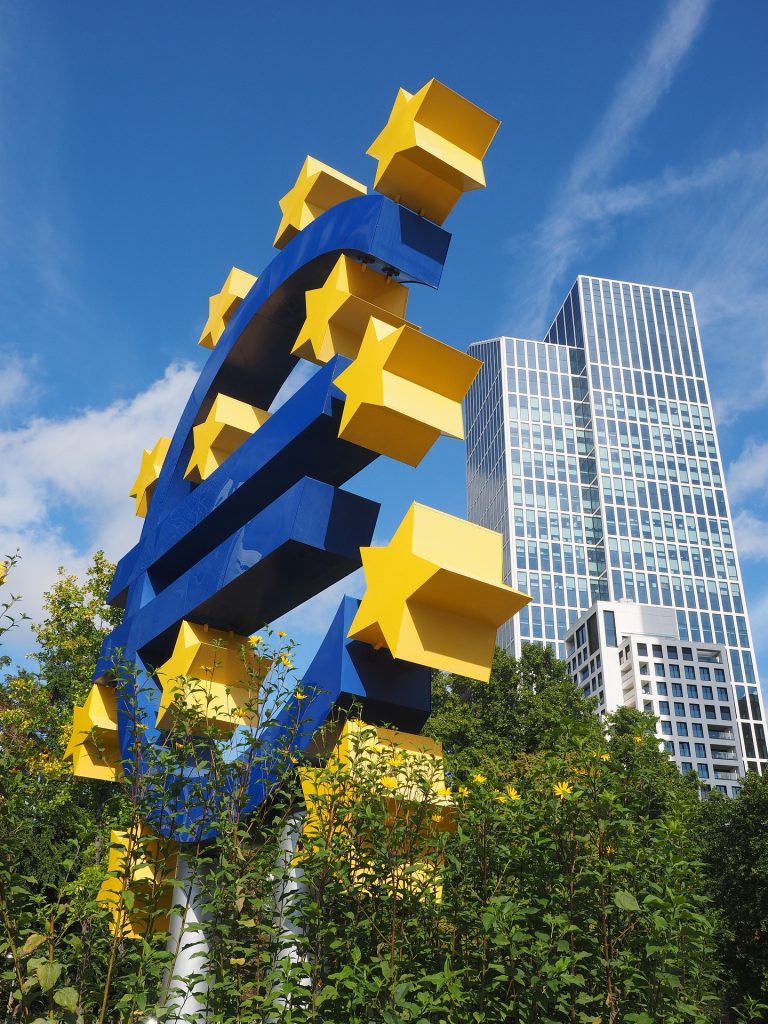
Somewhat milder import inflationary pressures have been reflected in the movement of producer prices of the Croatian industry for some time now. In this particular regard, central bank analysts have noted the strong slowdown in the annual price growth of intermediate products and industrial products for mass consumption.
In addition, they explained, the reduction of inflationary pressures also resulted in a drop in short-term (three months ahead) inflationary expectations of companies in the industry, which in recent months have returned to the levels recorded at the beginning of 2021.
More broadly, it remains to be seen whether the slight slowdown in core inflation at the Eurozone level (from 5.5 down to 5.3 percent), as well as increasingly obvious indications of a slowdown in Eurozone economies, will prompt the ECB to reconsider the need for another step in the increase of reference interest rates.

